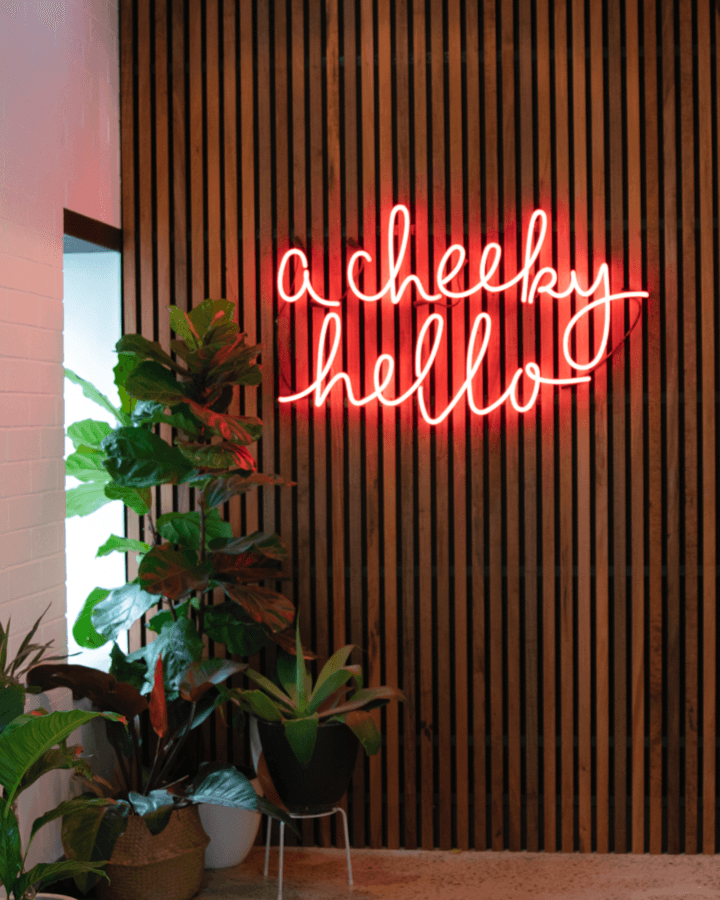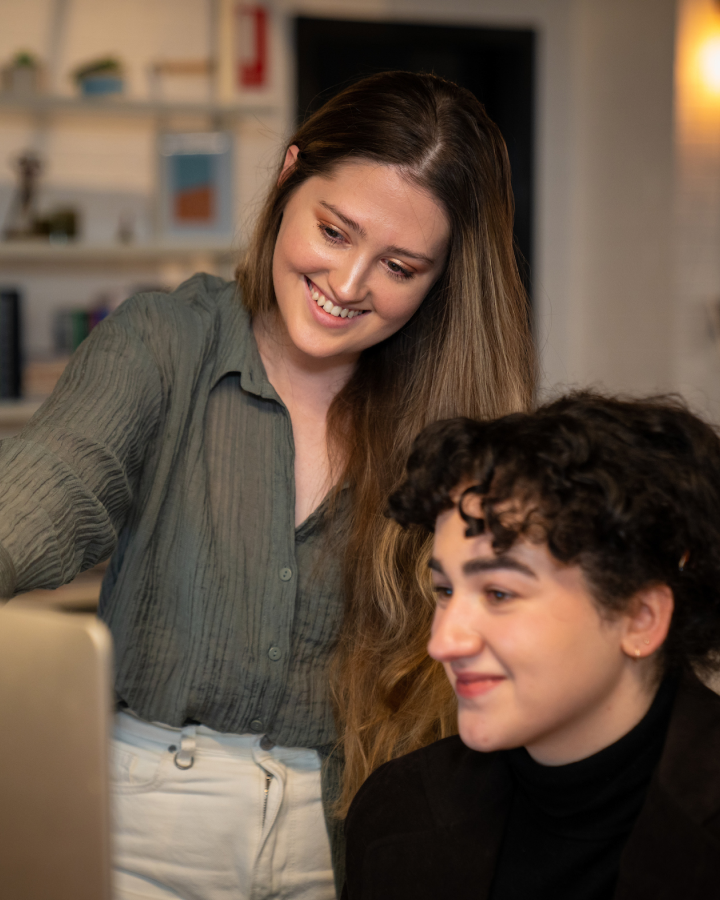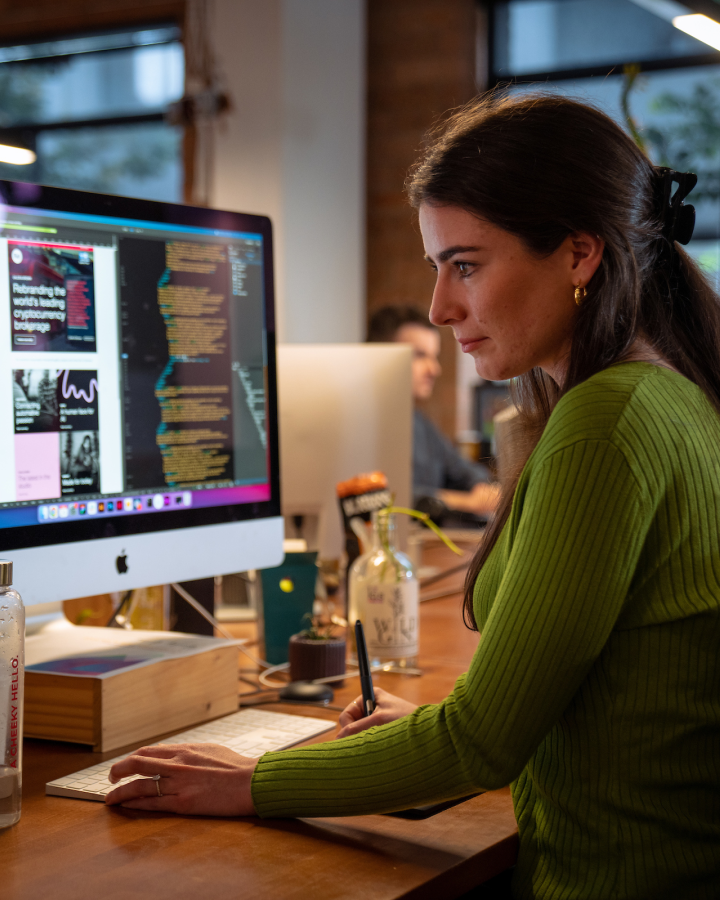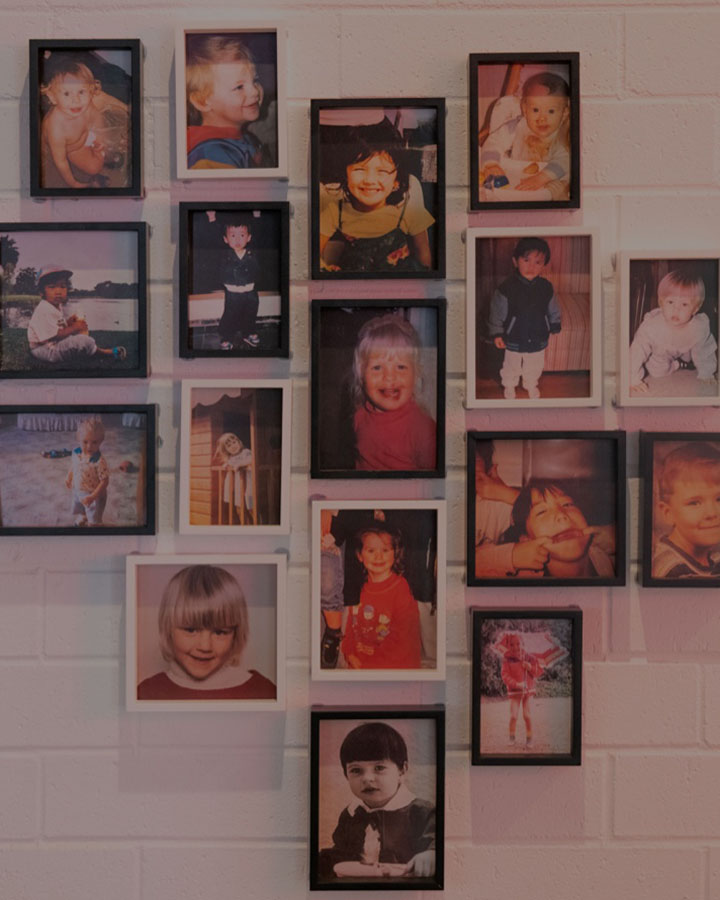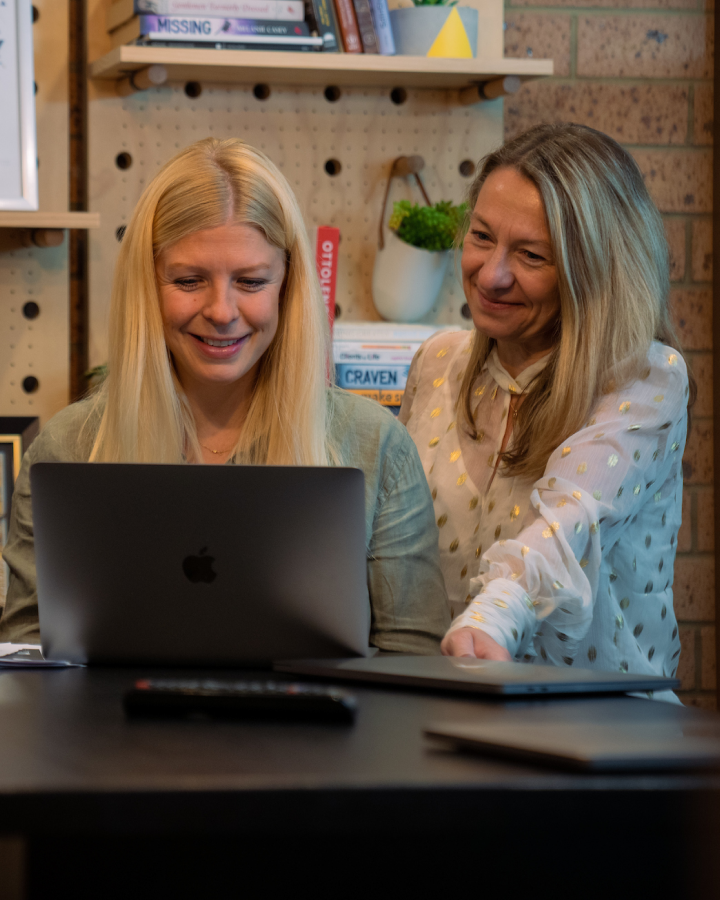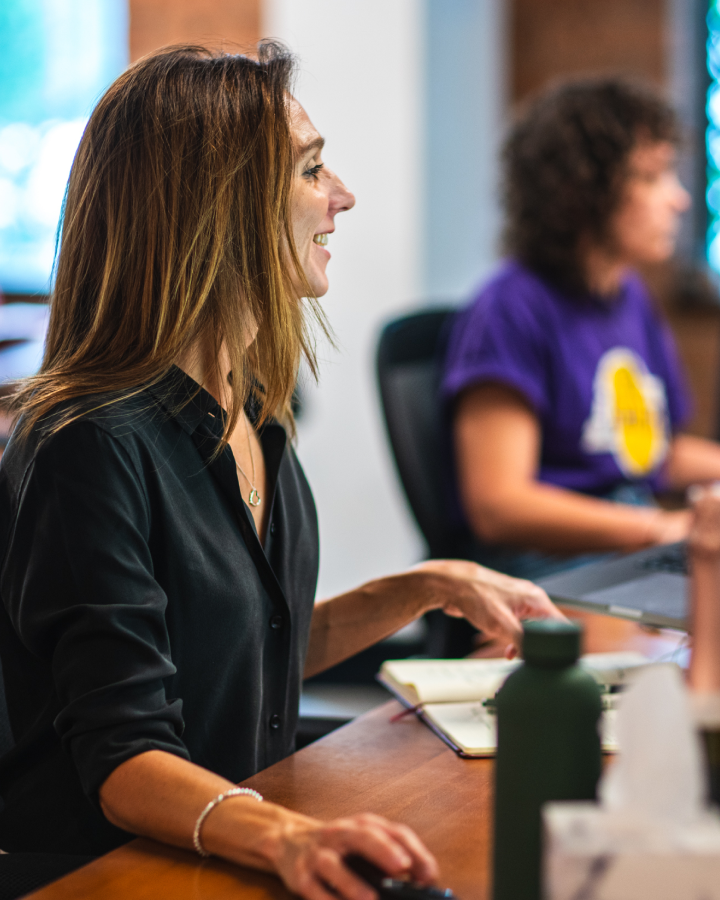Cultivating audiences: An interview with Channel Seven’s CMO
Before content was ever streamed, it was televised. Now television is reclaiming content by thinking like marketers and putting audiences first. Channel Seven’s CMO Charlotte Valente speaks to Lindsay Rogers, Managing Director, Chello about turning entertainment into strategic content.
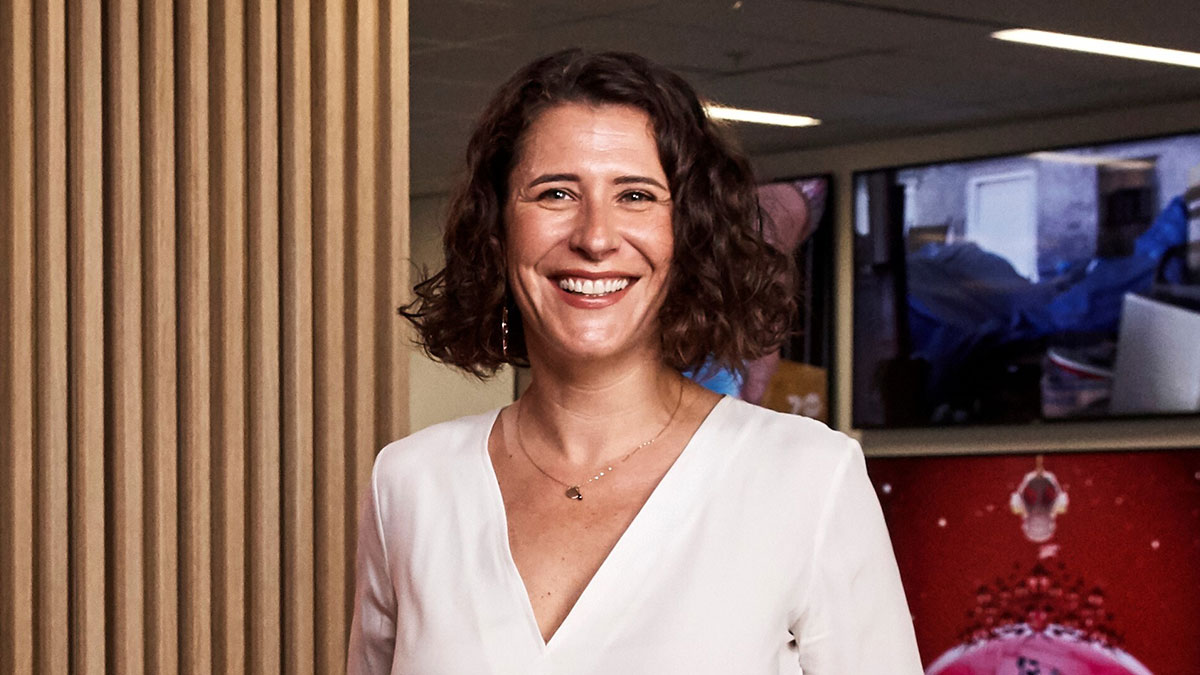
Charlotte, you’re the first CMO role within any Australian TV network. Why’d you take the gig and what are you hoping to achieve?
The role of marketing has never been more crucial in organisations today. It’s the connective tissue.
At Seven, we had a lot of functions of marketing that weren’t working together or were nestled in other teams. So we weren’t being strategic about bringing our products to life and we weren’t as effective with our resources.
The CMO role brought all those teams together first and foremost. Then we’ve been able to really drive a holistic approach to our brands, launches and ongoing campaigns.
What do you mean by driving a holistic approach?
We’re a content led business; we make shows. But what was really apparent, was that we were focussing all of our efforts on making a programme and then trying to find an audience for it.
The key shift I’m driving is about making audiences central to our decisions. We need to go from marketing a product to cultivating audiences, therefore the approach has to be holistic which means completely integrated across all functions of marketing.

How do you cultivate an audience?
It’s about understanding the audience we serve or have a potential to serve first and foremost. Understanding their attitudes, behaviours, likes and dislikes to then connect them with content that will be relevant.
A good example of this is our recent launch of Big Brother. It was a programme that would have mass-appeal for a younger audience. However, it was an audience that hadn’t connected with our brand for some time. We profiled and dissected the audience to understand not only their attitudes and behaviours but also the key drivers to engage them. We uncovered that FOMO would be a big driver for them to tune into the broadcast. We also understood that they would drive the conversation for us if we gave them the content to do so.
We took the time to understand what devices they were using to consume content at different times of the day.
Then we brought it together with a content strategy that was about communication and engagement. We had to ask: how do we cultivate viewers from broadcast all the way through a 24-hour cycle and back to broadcast?
It’s all driven by content. Digital and social are a big part of that, as is promos , ATL advertising and PR. But it’s about ensuring that every channel plays a role in engaging audiences and adapting creative and messaging to suit its purpose. It suddenly becomes a fully integrated campaign that taps into audience behaviour and attitude, depending on the platform that they consume content.

You mentioned that TV still segment audiences by demographics, but as marketers we’ve shifted away from just an age being a way to categorise people. How do you reconcile that?
When I started at Seven, James [Warburton, CEO] was really clear that the most important demographic for us was people 25 to 54. And as a marketer who doesn’t believe traditional demographics are as relevant as they once were, I thought “That’s so broad”. So my job was to unpack the 25 to 54 audience.
What I quickly established was that there were five different life stages in that age group. So you can’t just say “We’re targeting 25 to 54”. We took that demographic profile, then broke it down into life stages and then interests, attitudes, and behaviours. Then you see that there’s different value for each audience in different ways; there are some life stages that actually command a higher value, or have more value in an advertiser’s eye than others, usually because they’re harder to reach.
How has the pace of production changed?
One of our strategic pillars is moving from attention to engagement. One of the key things that media has done really well is capture people’s attention for short busts at a time — although our attention spans are waning. It’s not enough to get attention. It’s not enough to get them to tune in at 7:00 on a Sunday night to watch something. If we’re going to cultivate audiences, how do we continue that engagement before and after tuning in?
If you think of broadcast content as long form, we need short form content to feed social, which is 15 to 30 seconds max. We also have BVOD (broadcast video on demand) content which, in addition to the broadcast content can house additional snippets anywhere between 8 to 10 minutes.
For Big Brother, only counting our digital and social content, we had somewhere close to 400 different pieces of creative. But that generated four times the engagement of competing programs even with only 5% of their followers.

What would you say to other marketers that are either in a more traditional business or they’re coming in at a CMO level that are the important things to get right up front?
1.
Understand who your customer is. I work with people who have been in the business for 30 years plus who know what they’re doing and then I’m coming in and questioning it. But as long as you’re bringing a customer lens with a deep customer understanding, you have every right to actually question things. So, the first thing I would say is get to know your customer. And not just hearsay. Actually go and talk to them.
2.
Know the value and relevance of your brand and make sure that everyone in the business understands it. And when I say everyone in the business it’s not just sales or external facing staff. It’s IT. It’s finance. Everybody in the business is a promoter for your brand and the brand belongs to everyone. The CMO’s role is to ensure that people have the understanding, narrative and tools to be the brand police.
3.
Think of marketing as central to an organisation. We’re at the centre and we have an internal view, an external view, a supplier view, a client view, a customer view. I love that I can hear everyone’s vision for their respective departments and form holistic platforms to drive our brands forward. The role of the CMO, really, is to bring all those disparate parts together into a consistent and engaging narrative that connects with customers to drive profitability.
